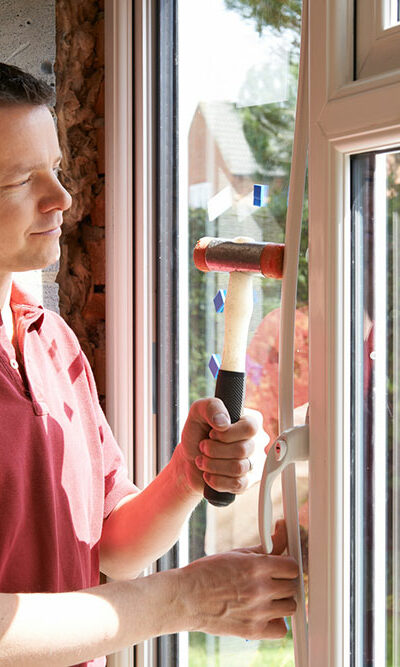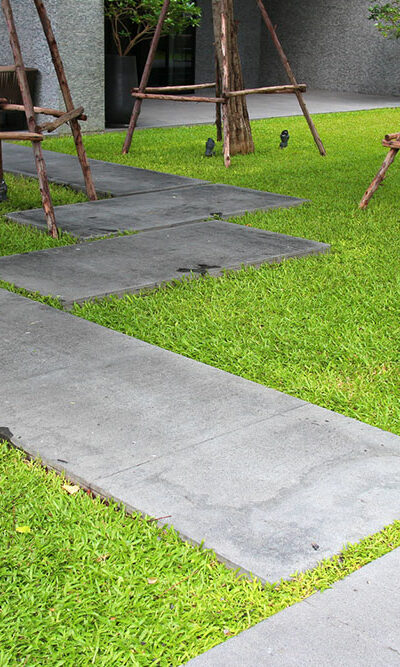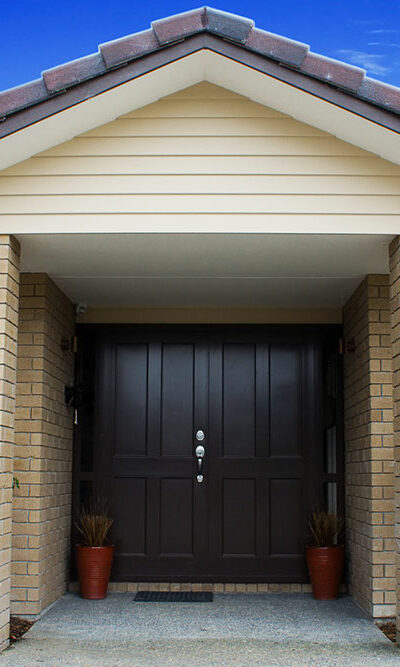
4 eco-friendly products to buy for a sustainable home
The need for sustainability and building sustainable habits keeps growing. As consumers, it is their responsibility to make environmentally conscious purchase decisions, such as buying products that have a low impact on the environment. Many eco-friendly alternatives are available for products that are used at home. Studies also suggest that consumers are willing to spend more on eco-friendly products if it means safety for those living at home and the environment. Here are a few eco-friendly products that one can use at home: 1. Refillable bottles Refillable bottles can store drinking water and cleaning solutions, like homemade detergents and shampoos. Refillable spray bottles are also quite popular. This is mostly because many people want to make their own cleaning solutions, as they are affordable, sustainable, and not filled with chemicals that can harm one’s health when used in excess. Refillable bottles ensure that one does not have to run to the grocery store every two weeks to buy a product packaged in a flimsy, disposable plastic bottle. Plastic bottles are disposed of after a single use and find themselves in landfills. 2. Reusable silicone bags Many people use plastic bags to store their produce in the fridge. Sometimes, they also wrap the leftover food or fresh meat to be stored away in the freezer. One can instead opt for reusable silicone bags. They are sturdy, do the job well, and are good for the environment. These bags can be stored in the freezer, microwaved to reheat food, or cleaned in a dishwasher. Furthermore, they can withstand harsh temperatures and do not lose their integrity when put in boiling water. So, they are a versatile product that can be part of your kitchen essentials. 3. Swedish dishcloth Swedish dishcloths can be used as sponges and cleaning cloths for kitchen counters. They are reusable, so one can easily wash them.






